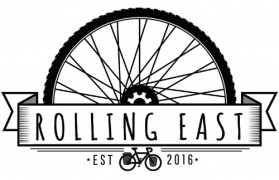Between Hue and Hoi An, the hills and Hai Van pass marked the crossing of an invisible, yet well defined, border into Southern Vietnam. Peculiarly, it seemed that on the other side of the mountain another world was lying ahead of us. The sun was finally shining, and a glorious descent along the winding coast line led us right to the bright blue waters of the South China sea and into the ancient city of Hoi An. Here, the furious and chaotic Vietnamese lifestyle seemed to have finally stopped to catch a breath, letting us take a deep one, too. The rice paddies were vibrant in their lively green, and it was mesmerising to watch the women in their nón là (the Vietnamise hat) and bright clothes working in the watery fields, while chatting the workload away.
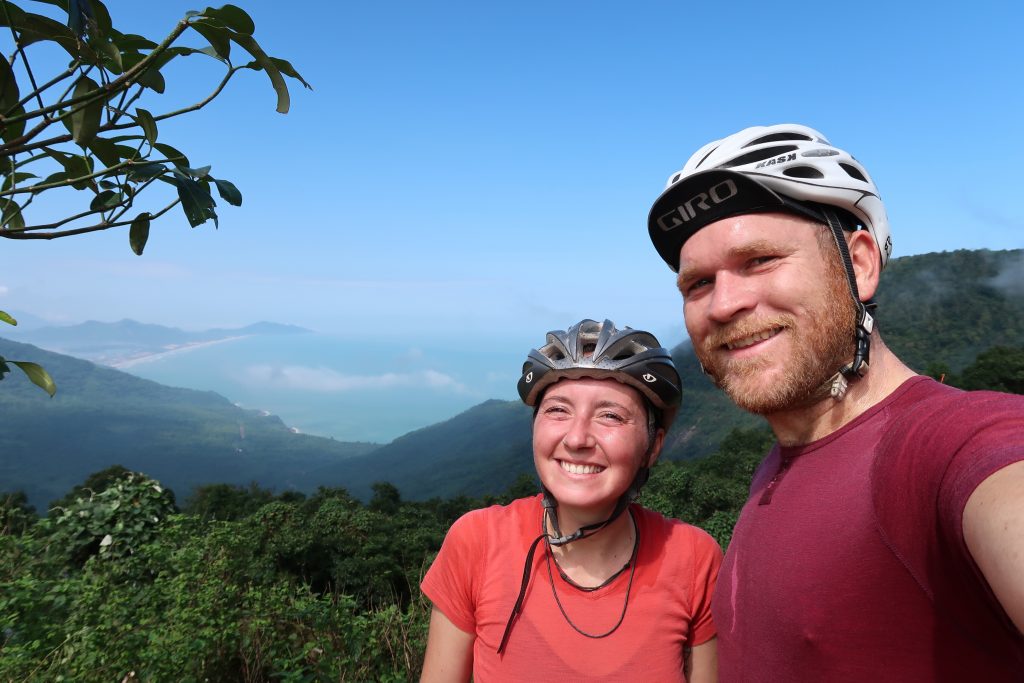
The land surrounding Hoi An was dotted with tens of small islands where people in their villages would make a living by fishing, boat building and creating colorful sleeping mats with dyed straw. The old town, completely pedestrianised, was cluttered with beautiful warm lanterns hanging everywhere. The canary yellow walls of colonial buildings intensified the feeling that this small part of the world was alive and indeed very different from the country it belonged to. The regional food on offering was particularly tasty, too. No wonder we decided to spend more time in town than we originally planned, as it seemed to be the right place to recollect ourselves. We strolled through the old lanes with no risk of being hit by cars, no hooting, no scooters monopolising the walkways, and food stalls at every corner. Needless to say, we left on a much more positive note.
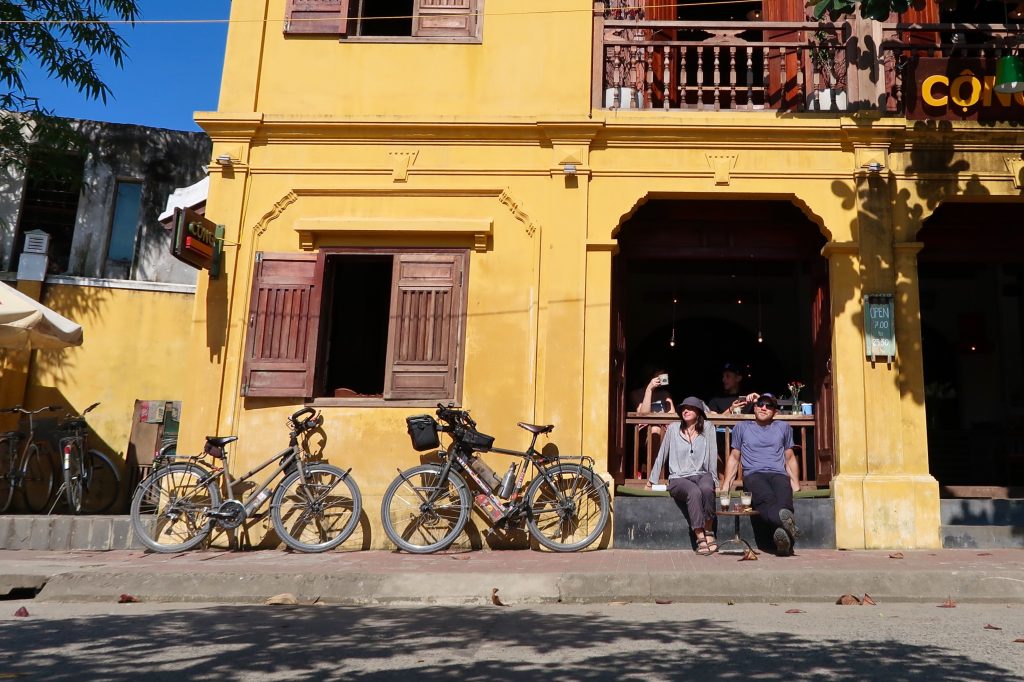
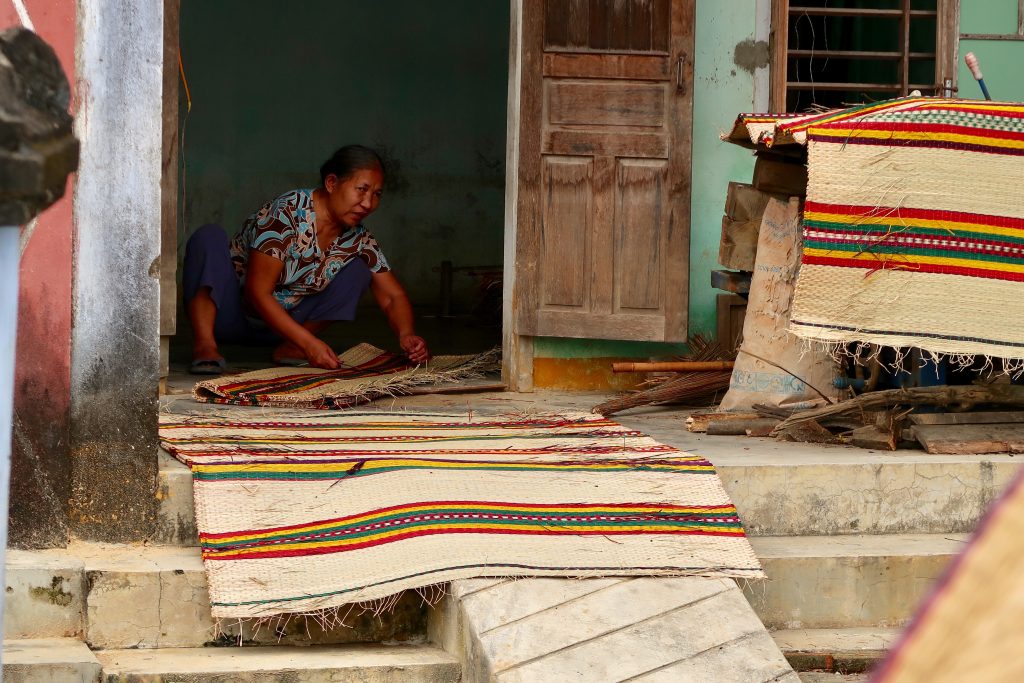
By then, we had also established some sort of routine, to avoid the much dreaded food of the main road. We would stock up on banh mi for both breakfast and lunch, and stop whenever we wanted to eat them whilst sipping delicious iced coffees with sweet condensed milk. The fact that people had “smiles to spare” helped a great deal, too, and we felt our defensive barrier go down. On the side of the roads the little stools were replaced by hammocks on which you could lie down, while a refreshing sugar cane juice was hand pressed a couple of metres away.
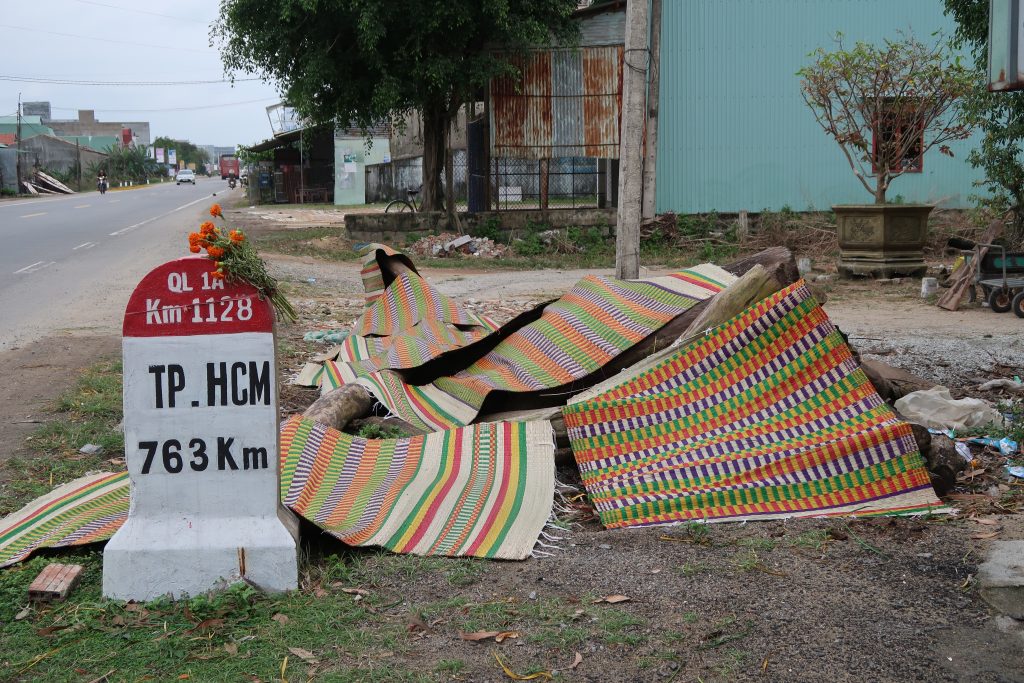
While these changes made our life on the Vietnamese roads easier, we couldn’t help but think about our prior weeks spent in what felt a completely different country from where we were. How could people and their lifestyle change so much? What did really happen in the North of Vietnam to make us despise it so much? How did we fail to appreciate, and try to understand, such a huge cultural difference from the world we know so well?
Talking to Di, Ross’ mum, made us realise that the unpleasant encounters and adventures that happened to us in Northern Vietnam should have rather been a learning curve towards an understanding of the reasons behind the Vietnamese people’s attitude. Were we, as white Western people, still the enemy? Were we experiencing a fascinating display of pure Vietnamese resilience and proud independence from the white invaders? Was the constant scamming business a desperate need for money whilst the country is undergoing drastic economic and social change?
This whirlwind of thoughts was unmistakably pointing to the lack of humility and the very querulous attitude we had in the previous weeks. The same line of thoughts reached its climax when a visit to the heartbreaking War Remnants Museum, in Ho Chi Minh City, put us face to face with the horrors of the war that had been. The unfiltered and raw displays of the museum left us appalled in front of spine-chilling photos of mutilated children, cold blood executions of the Viet Cong, sheer fear and suffering on their families’ faces.
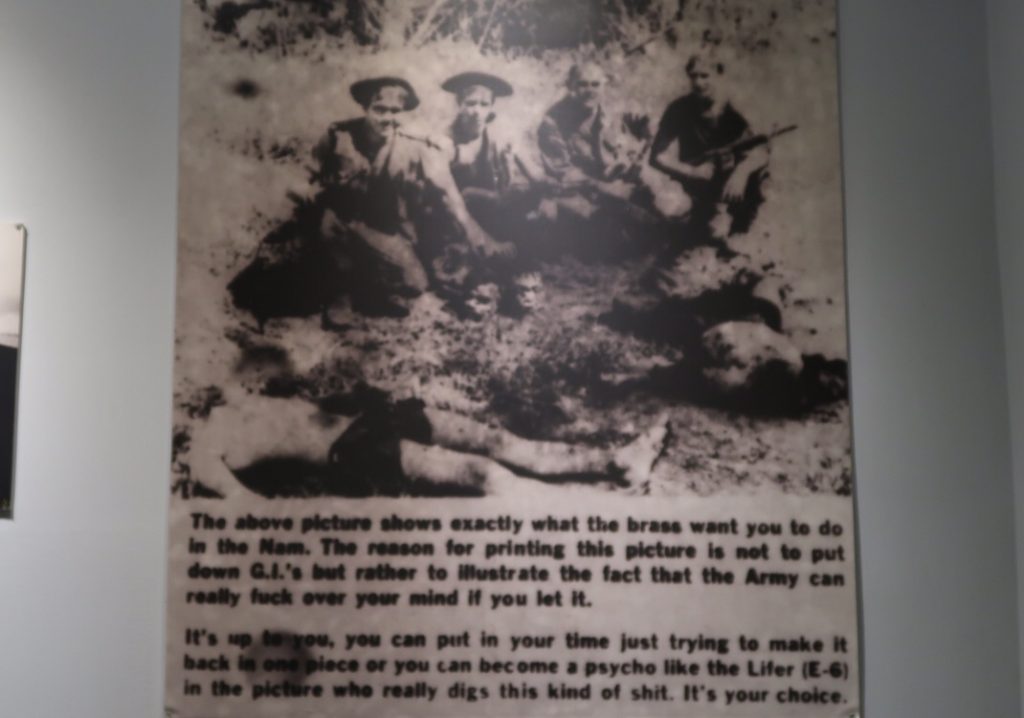
I kept on thinking about some travel notes I had written down about our experience in Northern Vietnam, and felt ashamed at the harsh words I had used, at the lack of understanding and openness to a culture so different from ours, and failing to acknowledge the suffering these people had gone through. The same suffering that has unequivocally shaped the nation and its cultural heritage. As somebody so passionate about foreign politics and who happens to be cycling across half of the world to experience the very heart of a country, its people, I should have known better. We should have known better. Nevertheless, at that stage – and, perhaps, too late – we certainly got our reality check, regrettably looking back at our own faults.
As they say, truth hurts, but it also helps you move forward and when we got back on the bikes, we both knew we were leaving behind the rage and the somehow weird feeling that Vietnam owed us something. All the arrogance accumulated over the previous weeks evaporated like water and uncluttered the lanes of thoughts.
Our last week in Vietnam, spent in the Southern region of the Mekong Delta, was a wonderful experience. Our hearts were light and everything looked wonderful through our rose-tinted glasses of a lost-and-found love affair with what we were doing.
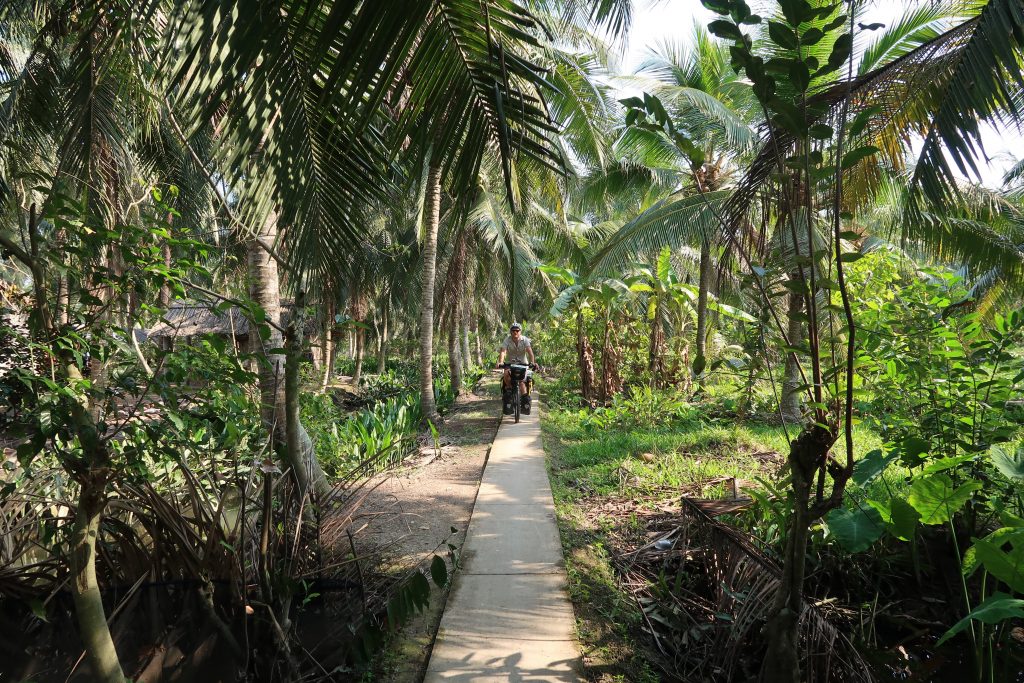
At the border with Cambodia, an inevitable sense of relief of having made it through (even though fumbling most of the time) was accompanied by a sense of regret and nostalgia of leaving challenging Vietnam. When we had only just started to finally understand the elaborate and compelling reasons behind Vietnamese culture and way of life, the time to go had arrived, leaving us with the thought that our rage brought us nowhere but to a dead end.
I won’t hide that the quiet Cambodian roads and the empty fields on the other side of the border won us over on the spot. Yet, with a little sorrow, we looked back towards Vietnam one last time not knowing when, and if, we would ever go back.
